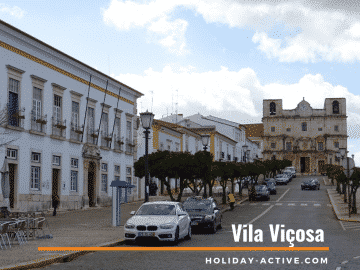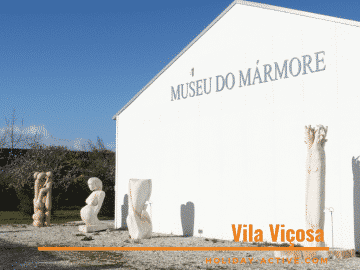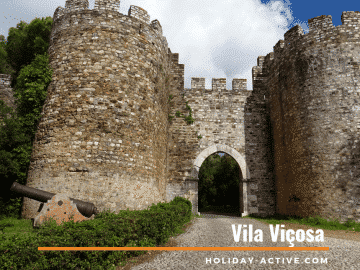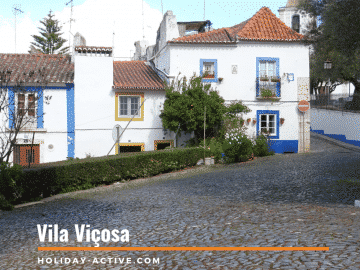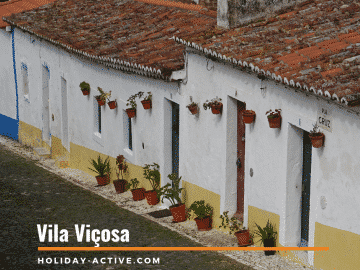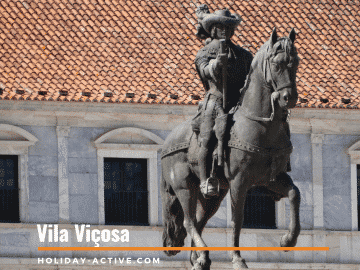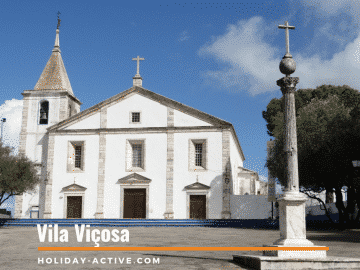Vila Viçosa
The name Vila Viçosa, meaning “Lush Village” derives its name from the “lush” valley that surrounds it. Home to Romans and Moors.
D João I donated the village of Vila Viçosa to D. Nuno Álvares Pereira in the 14th century, and thus began a new dynasty that would not only transform the destiny of this village as that of Portugal
Rich in monuments and land of illustrious characters. Vila Viçosa is also fertile in marble, which accounts for most of the economy of the region, and is present in countless decoration
What to visit in Vila Viçosa
Paço Ducal de Vila Viçosa
The Palace or Paço Ducal is one of the most emblematic monuments of Vila Viçosa.
Its construction began in 1501, by order of D Jaime, fourth Duke of Bragança. During the 16th and17th centuries enhancement were made to the Palace. Of note is the110m marble covered façade, the 17th century frescoes and tiles, the painted ceilings and the marble fireplaces, in every room.
Painted on the ceiling of the “Dukes Room” are the portraits of all the ” Blood Princes” of the House of Bragança.
The visit ends in the kitchen. Impressive by the variety and size of the copper platter that hangs in the kitchen cabinets and walls.
The Dukes would have about 500 noblemen and servants residing. Transforming this village into a second court. This Palace belonged to one of the richest families in Portugal and that is obvious throughout. An exquisite household
In 1640, with the rise of the House of Braganza to the Throne of Portugal, the Paço Ducal of Vila Viçosa would no longer serve as a permanent residence, being used only occasionally. During the reign of D Luís and D Carlos, it was mostly used as a summer house and hunting grounds.
The implantation of the Republic in 1910 led to the closure of the Ducal Palace of Vila Viçosa. However, by expressed will and testament left by D. Manuel II, the Foundation of the House of Bragança was established and the Palace of Vila Viçosa would reopen its doors to the public
All the elements, elegantly exhibited, are of great variety and beauty and in an excellent state of conservation, taking us to the daily life of the Kings, Queens and Princes who once lived there. Items such as the sketches of D. Fernando II and D. Carlos, as well as their private rooms, give us a human and commendable appreciation of our historical characters.
A must see in Alentejo.
Museum of the Paço Ducal
Also part of the Museum of Paço Ducal: The Armory, Treasure, China’s Blue and White Porcelain and Carriages
Armory
The items exhibited in the armory reflect the importance that hunting and shooting had for the Royal Family. Also on display is the revolver fired by D. Luís Filipe on the day of Regicide, together with the sections made up of the exotic African and Asian weapons of D Fernando.
Treasure
A glimpse of a section of civil silversmithing, with more than 170 pieces, that focuses on the 18th and 19th centuries, the golden age of this art in Portugal
Gold and silver works are preserved in the Treasury, namely the Cross of Catherine of Bragança, the Caravel Cutlery Case and implements of worship; Flemish paintings, remarkable pieces of ceramics and tapestries from the 15th Century,
China Blue and White Porcelain
It showcases around 100 items of Chinese porcelain from the 16th and 17th centuries, pieces of white glazed porcelain painted in cobalt blue.
Collection of carriages
The collection includes models ranging from ceremonial carriages from the early 18th century to light hunting vehicles from the early 20th century.
Knotted Door at the Paço Ducal
Symboling of the power of the House of Braganza. A door carved from marble and slate characterized by two columns and an arch, tied by a thick rope
Tapada Real
The Tapada Real meaning the Royal Hunting Grounds, occupies an area of over 1500 hectares and is the largest walled hunting ground in the country. A vast wood predominated by cork trees and species such as deer and wild boars.
It also has three hermitages: Santo Eustáquio, São Jerónimo, Nossa Senhora de Belém and a small palace built by D. Teodósio I in 1540, near the river Borba.
Royal Convent of the Chagas de Cristo - Pousada D João IV
Royal Convent of the Chagas de Cristo was built in 1514, by D. Jaime, to be the Pantheon of the Duchesses of the House of Braganza. It was occupied, in 1535, by the Poor Clares from the Monastery of Our Lady of the Conception of Beja
The congregation was mainly young girls of the best nobility who entered the religious life, many of them born of extramarital affairs
Nowadays, it houses the Pousada D. João IV (Hotel)
Convent of the Augustinians
In front of the Ducal Palace is the Convento e Igreja dos Agostinhos (Convent of the Augustinians), of 1267. Entrusted to the order of the Eremitas Calçados, this was the first convent to be established in Vila Viçosa.
The Convent was restructured by order of D. Jaime, 4th Duke of Braganza, having its facade remade to face the Terreiro do Paço.
After 1677, this church assumed the role of Pantheon to the Dukes of Braganza, containing the tomb of the 1st Duke of Bragança, D Afonso
Castle of Vila Viçosa
The Castle of Vila Viçosa was built, by D Dinis, in the 13th century.
From 1461 until the construction of the Paço Ducal (Ducal Palace) it was the residence of the Dukes of Bragança.
Due to the Restoration wars (1641 – 1668) and in order to withstand potential attacks, the Castle of Vila Viçosa was adapted, by Cosmander, to provide the kind of defences required in that age, by adding a polygonal, star-shaped system and reinforcing the citadel walls much in order as to what was done in Elvas.
Within the castle walls, you will find the Church that holds the image of Nossa Senhora da Conceição (Our Lady of the Immaculate Conception).
Within the Castle itself, two museums are currently housed: the Archaeology Museum and the Hunting Museum.
Sanctuary of Nossa Senhora da Conceição
The church dedicated to the Patron of Portugal, Nossa Senhora da Conceição (Our Lady of the Immaculate Conception), is located inside the castle walls. The Church has simple and sober lines, resulting from the remodellings made after the earthquake of 1755 and changes made in the late nineteenth century.
Church of S João Evangelista
At the top of the Praça da Républica you will find the Church of St. John the Evangelist. An imposing building whose facade is covered with marble of Vila Viçosa.
Also known as Church of the college or of S. Bartolomeu, it was built by order of the Dukes of Braganza (1636) to receive the Jesuit school of S. João Evangelista
The House of Florbela Espanca
The poet Florbela Espanca was born in Vila Viçosa on December 8th, 1894, where she spent a happy childhood.
At the age of 8, Florbela Espanca writes her first sonnet.
Committed to her studies, she attended the Faculty of Law in Lisbon. She collaborated in several newspapers and magazines. She published two, distinguished, poetic works, Livro de Mágoas e Livro de Soror Saudade.
What to Taste
The Tibornas, a sweet made with eggs, sugar, almonds and pumpkin, wrapped in foil and colourful paper and tied with a ribbon
Festivities
Pilgrimage of Nossa Senhora da Conceição (Our Lady of the Immaculate Conception) – December 8
It takes place on 8 December at the Patron’s Church inside the Castle. After mass, there is a procession carrying the image of Our Lady of the Conception through the streets of the village
Festas dos Capuchos (September)
Every year, on the second weekend of September, the Festas dos Capuchos brings many people to watch and participate in the famous bullfights. There is music, fairs and the devotion to S. Francisco.
Personalities related to Vila Viçosa
Nuno Álvares Pereira
Nuno Álvares Pereira was born in 1360. At the age of 13, he entered the court of D. Fernando, where he quickly distinguished himself from other young men and was chosen as squire of Queen Leonor.
In 1383, after the death of D. Fernando, he became the sword that defended and preserved the independence of Portugal from the Castilian invasions.
Named Constable of the Kingdom, by D João I (Master of Avis) in 1385, the most important military position of the nation and bringing with it great power.
At the Battle of Aljubarrota, August 14, 1385, he overcame the Castilian troops and received the lands, including Vila Viçosa, and titles of the nobles who had supported the King of Castile, becoming the richest man in Portugal.
Nuno Álvares Pereira founded the House of Braganza in 1401, on the occasion of the marriage of his only daughter, D. Beatriz Pereira Alvim, as a dowry and his inheritance. She married D Afonso, the illegitimate son of D. João I, who thus received the title of 1st Duke of Bragança.
The 8th Duke of Bragança, was acclaimed King of Portugal, as D João IV, and establishes the Dynasty of Bragança.
After a life dedicated to the service of the kingdom, Nuno Álvares Pereira began in 1389 the construction of the Convent of Carmo, where after distributing all his goods, he gave himself to the religious life, with the name of Nuno de Santa Maria
Nossa Senhora da Conceição: Patroness of Portugal
 Picture taken of a painting that exists in the Tourism Office of Vila Viçosa
Picture taken of a painting that exists in the Tourism Office of Vila Viçosa
D João IV was born in Vila Viçosa, son of the 7th Duke of Bragança, D. Teotónio.
He was made king in 1601 establishing the Dynasty of the House of Bragança and the end of the Filipino rule, thus returning the independence to the Kingdom of Portugal.
In gratitude, D João IV offered the crown to Nossa Senhora da Conceição (Our Lady of the Conception), proclaiming her the Patroness of Portugal and from that time onwards all the kings of Portugal are represented next to the royal crown, and not with it placed on their head, as a sign of devotion and respect
D. João IV
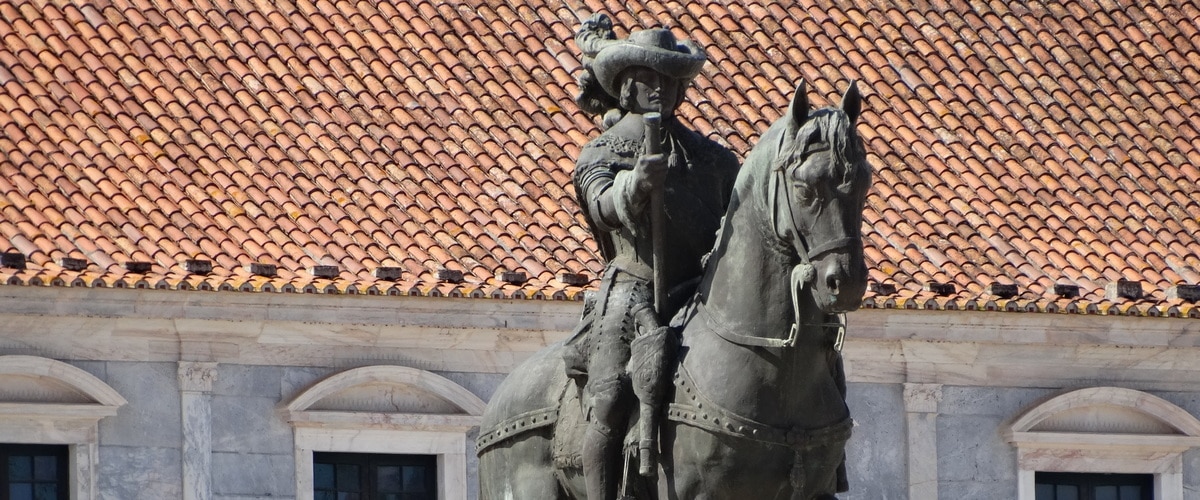
Without justice and commitment, this government causes the discontent amongst all Portuguese classes and the desire for the restoration of the independence of Portugal
The then Duke of Braganza, D João, literate and artistic, was considered a potential candidate to substitute D. Filipe III in the Portuguese throne.
However, D João, unconvinced by the course his life would take, talked this over with his wife. D. Luisa. She convinced him to accept the challenge stating that it would be “better to die reigning than serving.”
So, on December 1st, 1640, the Filipine rule that had lasted for 60 years ended and the 8th Duke of Bragança is acclaimed king D. João IV, initiating the Dynasty of Braganza
D. João IV reigned for 16 years. He endowed the country with new fortresses and promoted the adaptation of existing ones to the new methods of war in order to face the Spanish forces. He reorganized the army and established contact and alliances with the European courts to guarantee the support of the remaining royal houses to the independence of Portugal.
The political, military and administrative effort of D. João IV was in fact remarkable
D. João IV died in Lisbon, on the 6th of November, 1656 and was buried in the Monastery of S. Vicente de Fora, being succeeded in the throne by his son D. Afonso VI.
In front of the Ducal Palace of Vila Viçosa the equestrian statue of D João IV, the Restorer
D. Catarina de Braganza
 D. Catherine of Braganza by Peter Lely
D. Catherine of Braganza by Peter Lely
D. Catarina de Bragança was born in Vila Viçosa, daughter of D João IV (at the time 8th Duke of Bragança) and D. Luísa de Gusmão, on the day of St Catarina: November 25, 1638.
Albeit, D. João IV, having achieved the restoration of the Independence of Portugal and the end of the Filipine rule, Portugal continued having disputes with the Spanish who would not conform to having lost Portugal. These wars caused a delipidated and impoverished country and famine spread to several points of the country.
The widow, D. Luisa de Gusmão, regent, in the minority of her son Alfonso VI, seeking to reinforce the Luso-Anglo alliance whose military aid was so necessary to fight back the Spaniards, negotiated the marriage of Princess Catherina de Braganza to the king of England, Charles II.
This marriage, having been fundamental for the future of Portugal, cost the country a lot. The large dowry demanded, forced D. Luísa de Gusmão and the Portuguese nobility to pawn many of their assets in order to assemble the necessary amount and included the transfer to the British of the Tangiers in Morocco and Bombay in India.
D. Catarina was not a popular queen in England for the simple fact of being Catholic, which also prevented her from being crowned. She was subjected to innumerable suspicions, intrigues and conspiracies, which were aggravated by the fact that she had never been able to give birth to an heir (the king, on the other hand, had 15 children of his many lovers).
However, D Catarina de Bragança did give to England the orange jelly, the habit of drinking tea, and introduced the use of cutlery and tobacco.
A few years after her husband’s death, D. Catarina de Braganza returned to Portugal, where she held the regency in two short periods. First in 1704, when D. Pedro II, her brother, went to Beira and later in 1705 when he became seriously ill.
She died in the city of Lisbon in 1705
How to get to Vila Viçosa
Though it is possible to make it a day trip from Lisbon we would advise you to take a day or two to also enjoy the neighbouring towns such as Évora, Elvas and Estremoz
Take time and appreciate the landscape, the good food and local wine and relax in one of the many available “Turismo Rural”, a house amidst the farmland.
As such, the best option would be to drive there. Roads are good and the scenery a delight. More about driving in Portugal
For directions, please check the map below
What to visit in Vila Viçosa: Handpicked Tours
We use affiliate links which means we get a small commission if you book through them. This does not in any way affect the end price but helps us keep this site updated. We selected the ones we believe to be the most relevant and with an insider’s knowledge.
Enjoy Portugal with holiday-active.com and make the most of your holidays
What to visit in Vila Viçosa

 English
English

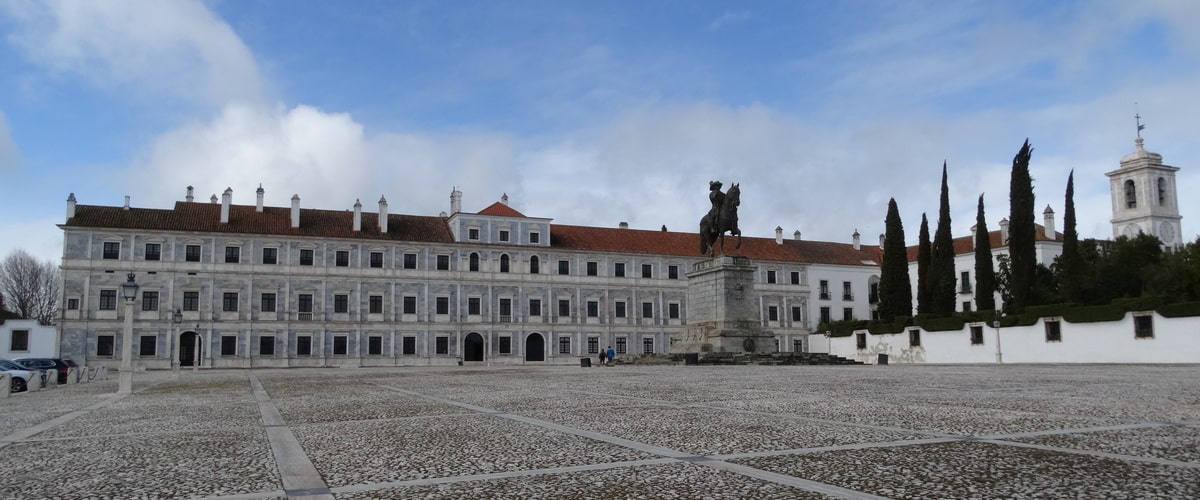
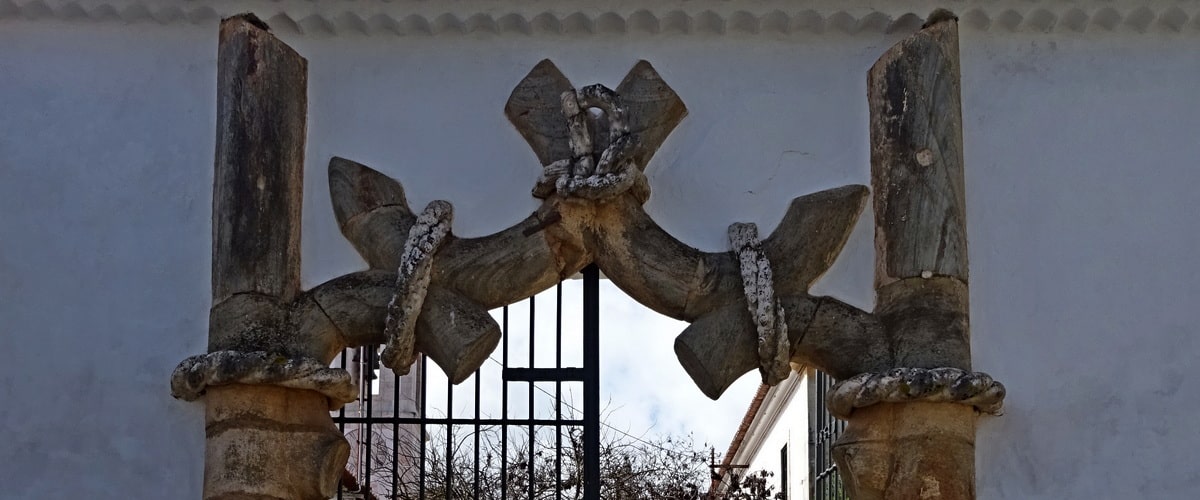
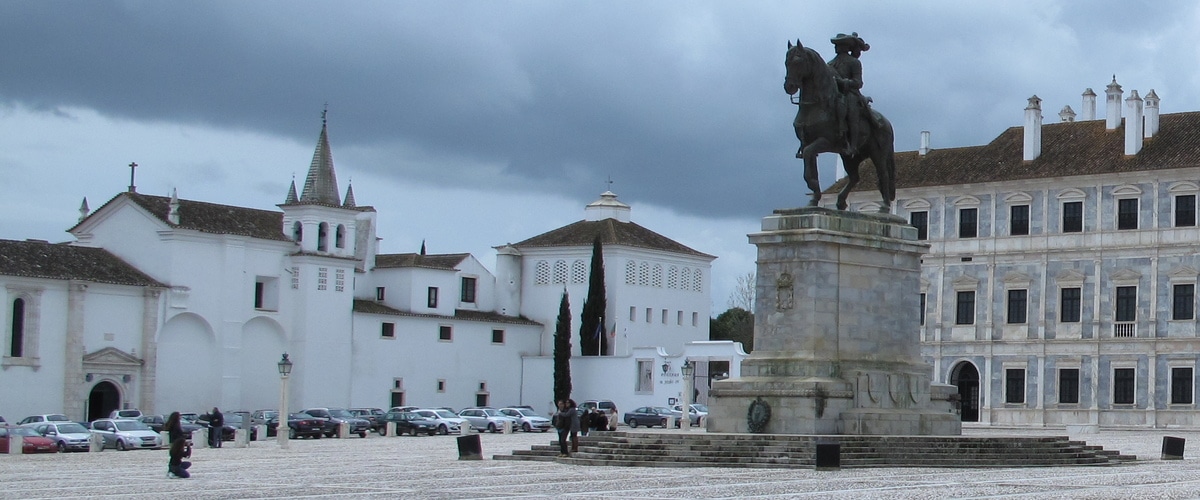
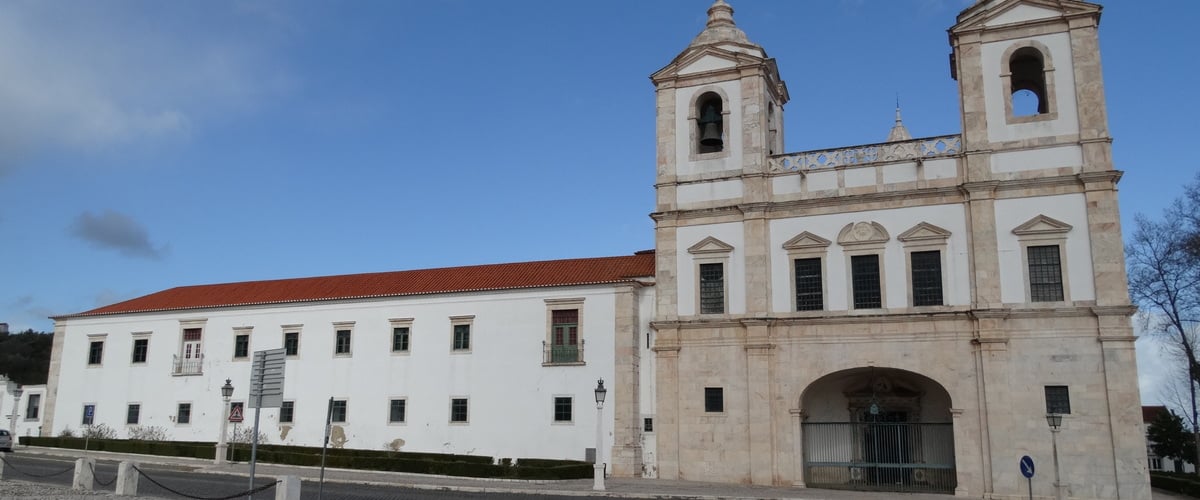
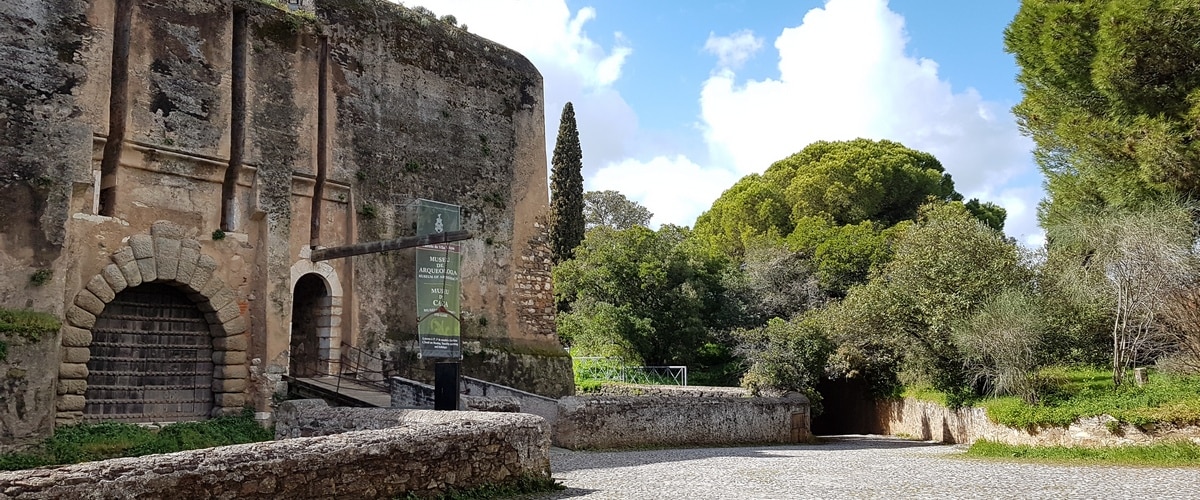
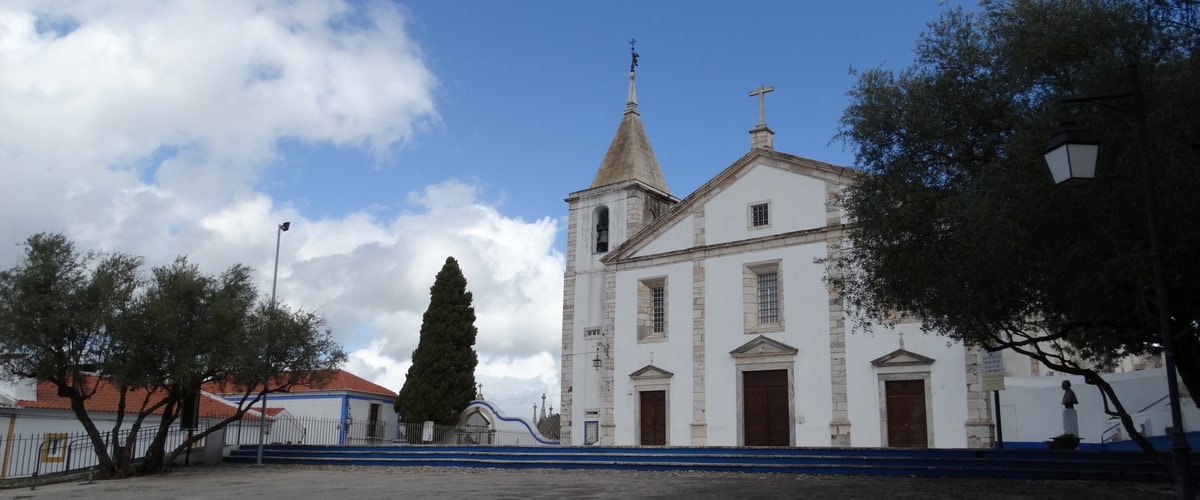
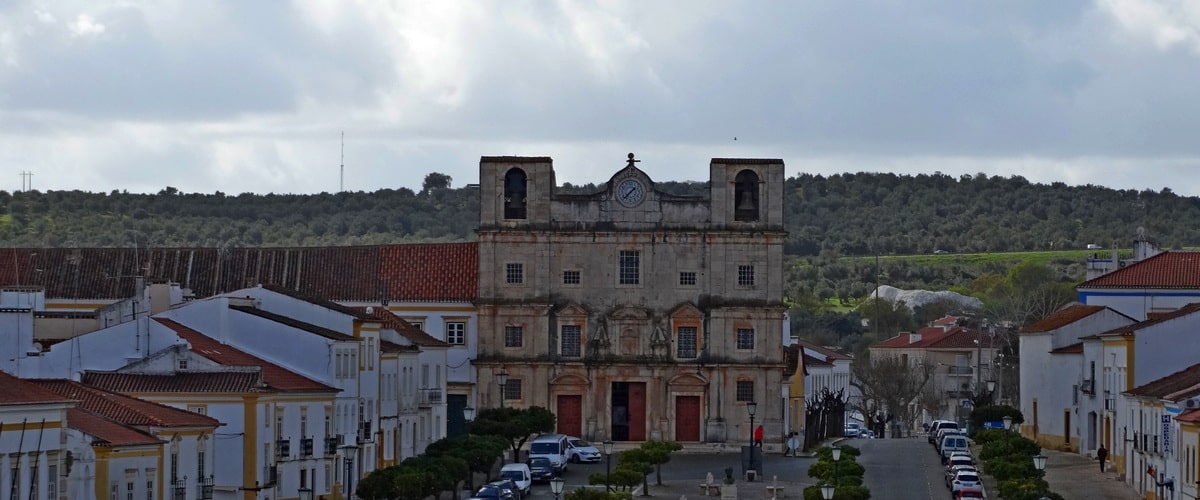
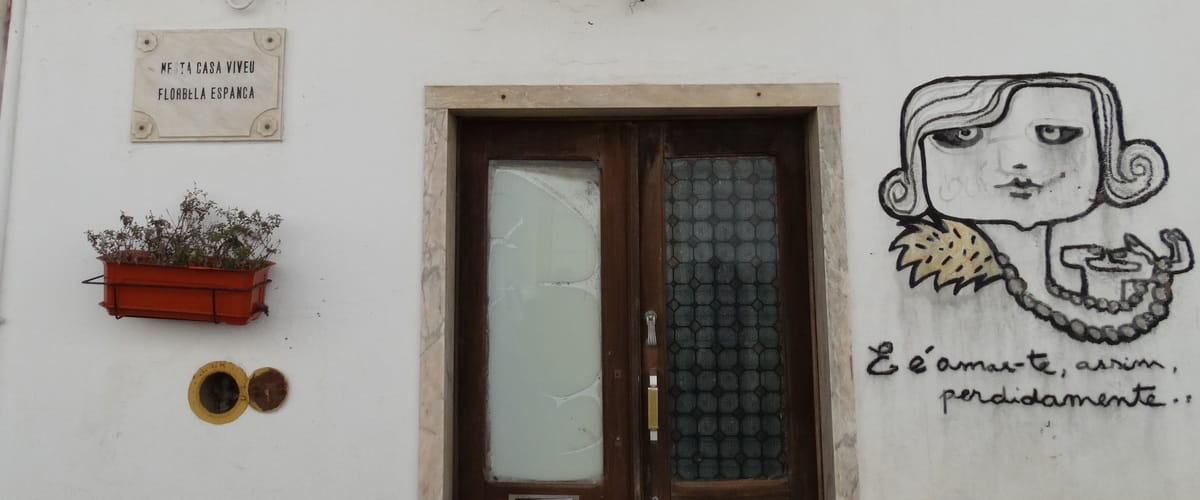
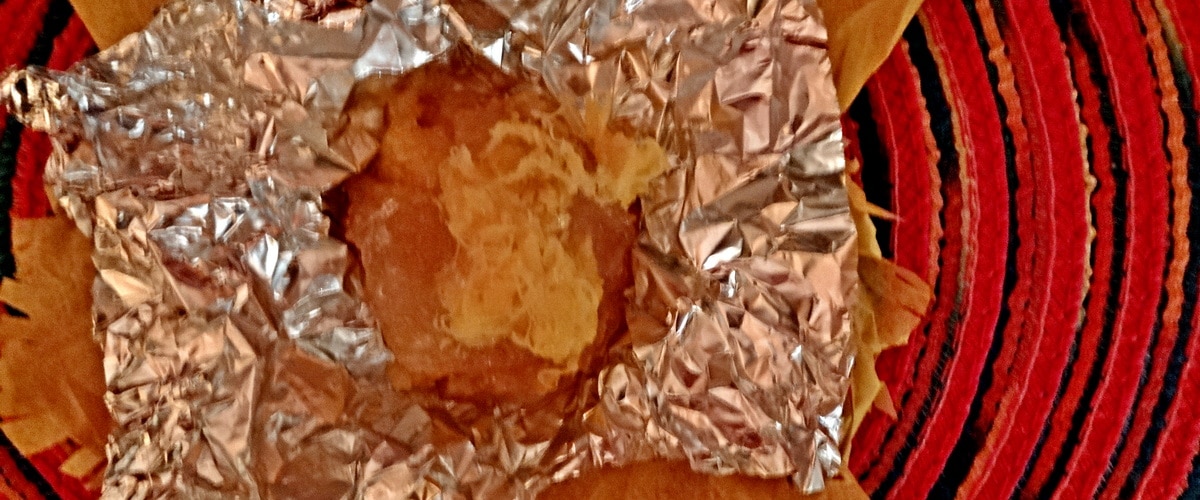
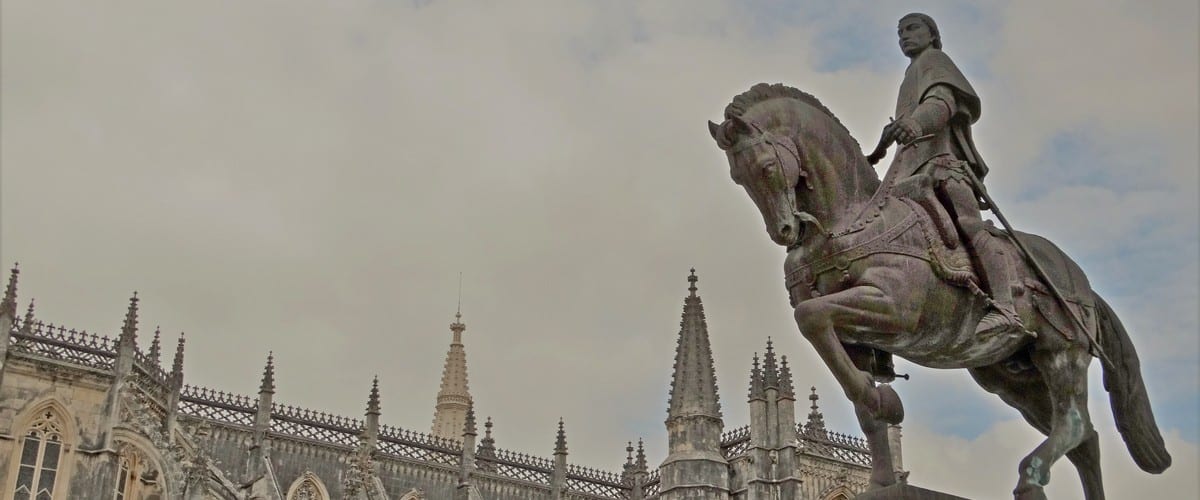
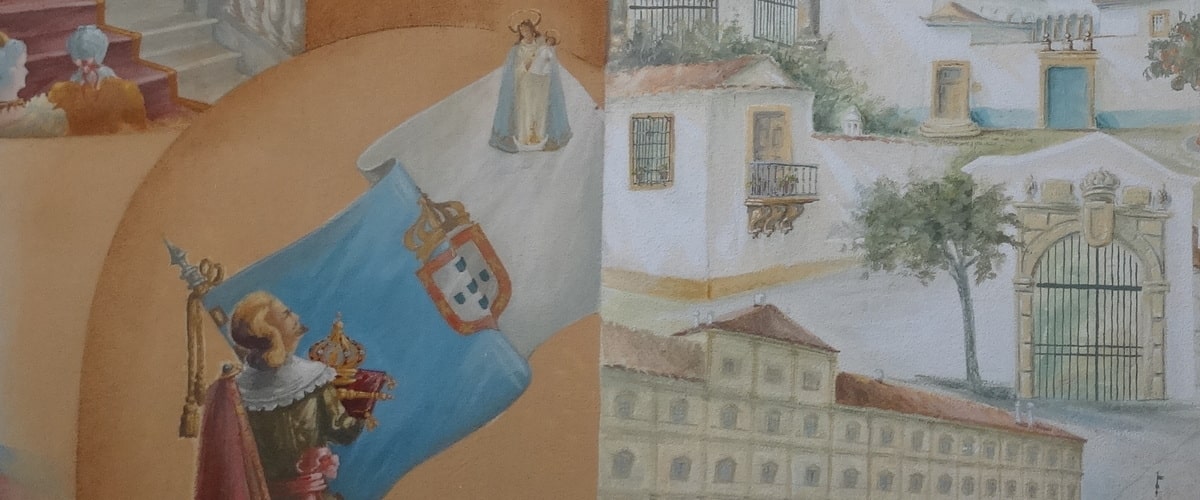 Picture taken of a painting that exists in the Tourism Office of Vila Viçosa
Picture taken of a painting that exists in the Tourism Office of Vila Viçosa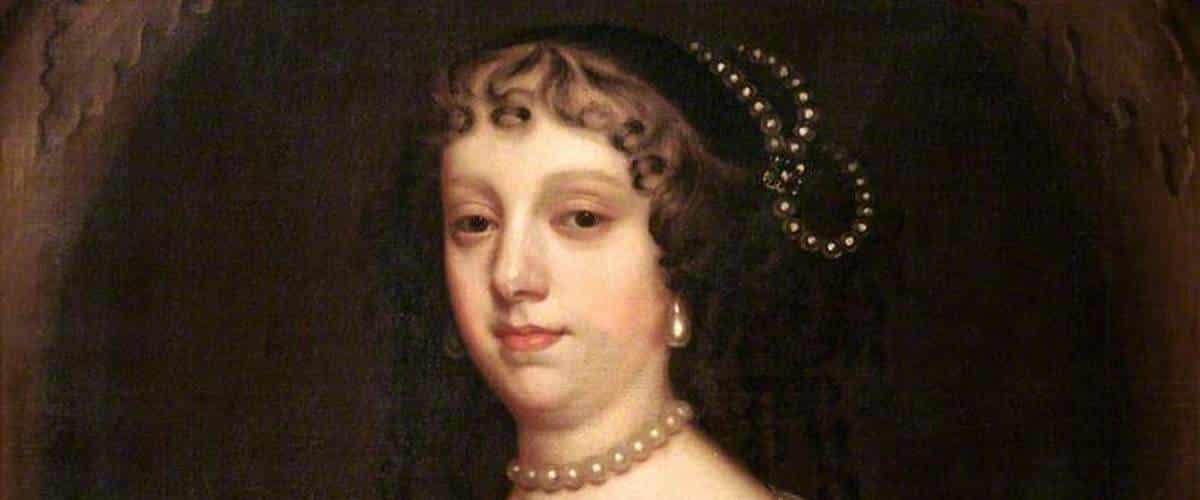 D. Catherine of Braganza by Peter Lely
D. Catherine of Braganza by Peter Lely